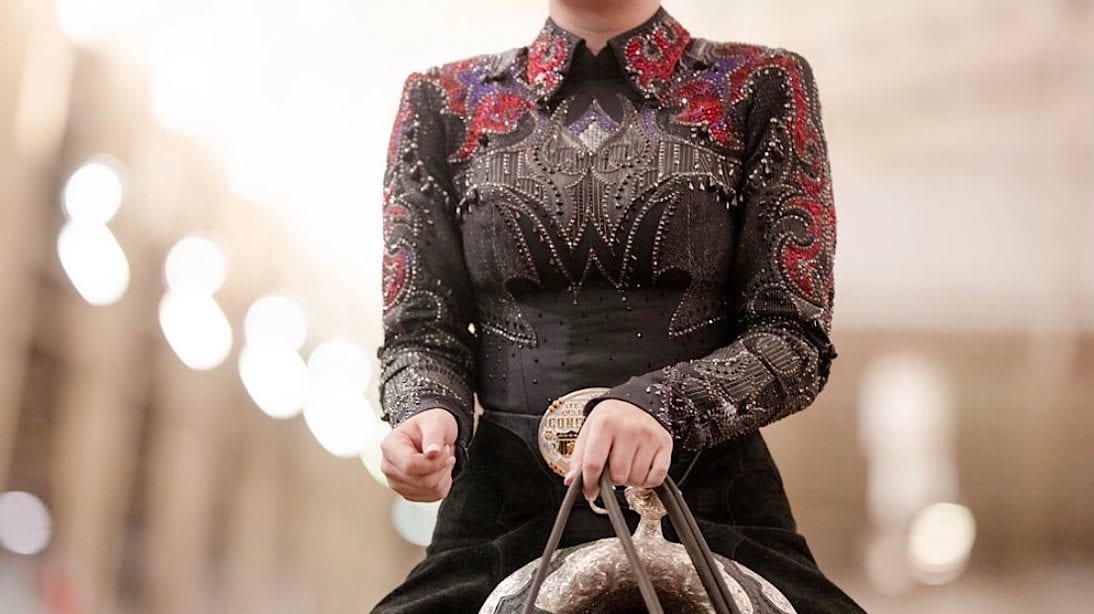Riding horses requires skill, both mentally and physically, and the foundation of a true horseman is the understanding of a proper riding position. The ability to strengthen and maintain that balance allows riders to succeed in any discipline.
A rider must correctly use their core, lower leg, and seat to communicate effectively with the horse. Understanding how to achieve and maintain the proper riding position is essential to achieve success in the show pen.
GoHorseShow talked with trainer Nancy Cahill of Madisonville, Texas, and trainer and judge Carla Wennberg of Laurinburg, North Carolina, about how to maintain the perfect proper riding position. Their valuable insight is rooted in years of experience as professional horsewomen. They provide helpful tips and insight for strengthening an equestrian’s riding abilities.
Why is maintaining the perfect riding position so important?
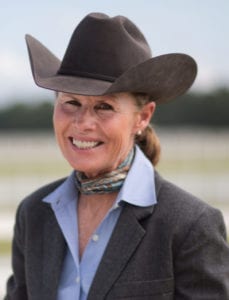 An equestrian’s riding position must be correct to allow for effective communication between horse and rider. Poor communication between the two leads to a multitude of problems down the road. Proper alignment in the saddle creates a soft connection and showcases the pair as a team.
An equestrian’s riding position must be correct to allow for effective communication between horse and rider. Poor communication between the two leads to a multitude of problems down the road. Proper alignment in the saddle creates a soft connection and showcases the pair as a team.
The staple of a perfect riding position is a strong lower leg, soft hands, and, most importantly, a balanced seat. Judge and trainer Carla Wennberg (right), states, “The most crucial part of being a great rider in any discipline comes from the lower leg and a correctly balanced seat. Your core strength is needed to hold your upper body in balance.”
What does the correct riding position convey to the horse and the judges?
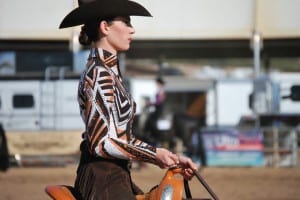 Judges look at how a rider presents themselves via their riding position and communication with the horse. First impressions are everything; keep in mind that there is only one chance to make a great first impression.
Judges look at how a rider presents themselves via their riding position and communication with the horse. First impressions are everything; keep in mind that there is only one chance to make a great first impression.
Being able to maintain the proper riding position demonstrates an exhibitor’s preparation and skill. Carla Wennberg states, “As a judge, I am most respectful of those who have invisible cues. That can be in the equitation, horsemanship, hunter under saddle, or western pleasure. A rider that has soft hands and the correct position is wonderful.”
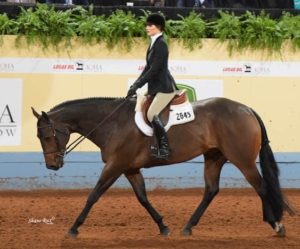 Judges and horses know when a rider is weak and unable to communicate effectively with their riding position. Professional horsewoman, Nancy Cahill, comments, “A judge can see a connection to the horse. The horse also knows whether or not you are connected to him. This means to be connected with your whole body; hands, seat, lower leg, upper body, etc. Everything has to be in alignment to carry that balance.”
Judges and horses know when a rider is weak and unable to communicate effectively with their riding position. Professional horsewoman, Nancy Cahill, comments, “A judge can see a connection to the horse. The horse also knows whether or not you are connected to him. This means to be connected with your whole body; hands, seat, lower leg, upper body, etc. Everything has to be in alignment to carry that balance.”
To impress the judges, a rider and horse must present themselves as a united team. The first step to doing this is via the correct riding position.
Riding exercises to try at home
 Both trainers comment about the benefits of riding without stirrups. This is easy to incorporate into each ride. A few simple exercises a day can make a massive difference in overall performance.
Both trainers comment about the benefits of riding without stirrups. This is easy to incorporate into each ride. A few simple exercises a day can make a massive difference in overall performance.
Wennberg comments, “We ride without stirrups. We also ride with our toe down, putting all the weight down into the lower leg and holding your leg underneath your hip at all three gates. I also have my riders hold their stirrup up with their toes while holding that weight down through the heel at all gates.” It is essential to be able to hold yourself in position through all of the gates you will be asked for in the show pen.
 Cahill also agrees, “The old standard is ride without stirrups. See if you can find and stay in the middle of the saddle while staying still. Another exercise I have my riders do is taking their feet out of the stirrups while pointing their toes to the ground.” These exercises will help improve an exhibitor’s ability to maintain the perfect riding position.
Cahill also agrees, “The old standard is ride without stirrups. See if you can find and stay in the middle of the saddle while staying still. Another exercise I have my riders do is taking their feet out of the stirrups while pointing their toes to the ground.” These exercises will help improve an exhibitor’s ability to maintain the perfect riding position.
No matter the discipline, riding in an English saddle can improve an equestrian’s stability and overall strength. Cahill adds, “Ride English. Have an old English saddle lying around to practice in. Do exercises like hands over the head, have someone put you on a lunge line, etc. This will help you strengthen your balance and core strength.”
Understanding the importance of balance
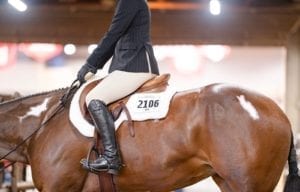 Balance is a crucial aspect of how an exhibitor presents themselves in the show pen. Carla Wennberg adds, “You must develop the feel of correct balance because it’s your responsibility to understand a four-beat walk, a two-beat jog or trot, and a three-beat lope or canter.” Understanding the basics of the horse’s movement is extremely valuable. The first step to achieving the perfect riding position is recognizing this and implementing it into every ride.
Balance is a crucial aspect of how an exhibitor presents themselves in the show pen. Carla Wennberg adds, “You must develop the feel of correct balance because it’s your responsibility to understand a four-beat walk, a two-beat jog or trot, and a three-beat lope or canter.” Understanding the basics of the horse’s movement is extremely valuable. The first step to achieving the perfect riding position is recognizing this and implementing it into every ride.
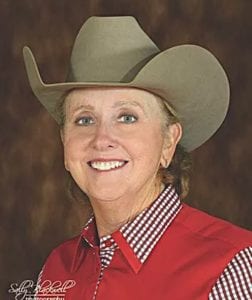 Wennberg comments, “The key to all great riding is correct balance in your body position. This helps the horse correctly balance, as well. The horse deserves for us to be in balance because we ask them to do a lot of athletic maneuvers, stay happy, and be sound.”
Wennberg comments, “The key to all great riding is correct balance in your body position. This helps the horse correctly balance, as well. The horse deserves for us to be in balance because we ask them to do a lot of athletic maneuvers, stay happy, and be sound.”
Physical fitness can also help an equestrian’s ability to balance in the saddle. Cahill (right) adds, “If you have the desire, go to the gym. No matter the riding discipline, if you are not strong in your core, the rest of you can’t be strong either.”
Practice, practice, practice
 The show pen is an exhibitor’s opportunity to showcase their hard work and dedication. Practice is key to developing and maintaining the perfect riding position. The only way to achieve this is by putting the hours in the saddle.
The show pen is an exhibitor’s opportunity to showcase their hard work and dedication. Practice is key to developing and maintaining the perfect riding position. The only way to achieve this is by putting the hours in the saddle.
Cahill states, “You want any onlookers to think that you make riding look so easy. Anything that looks easy was mastered from a lot of practice.” To succeed in the show pen, a rider must make the ride look effortless.
Judges, horses, and trainers can tell when a rider has not put the practice into their riding abilities. To be rewarded, an equestrian must dedicate themselves to their craft. Wennberg concludes, “It is great to see people that have done their homework.”


